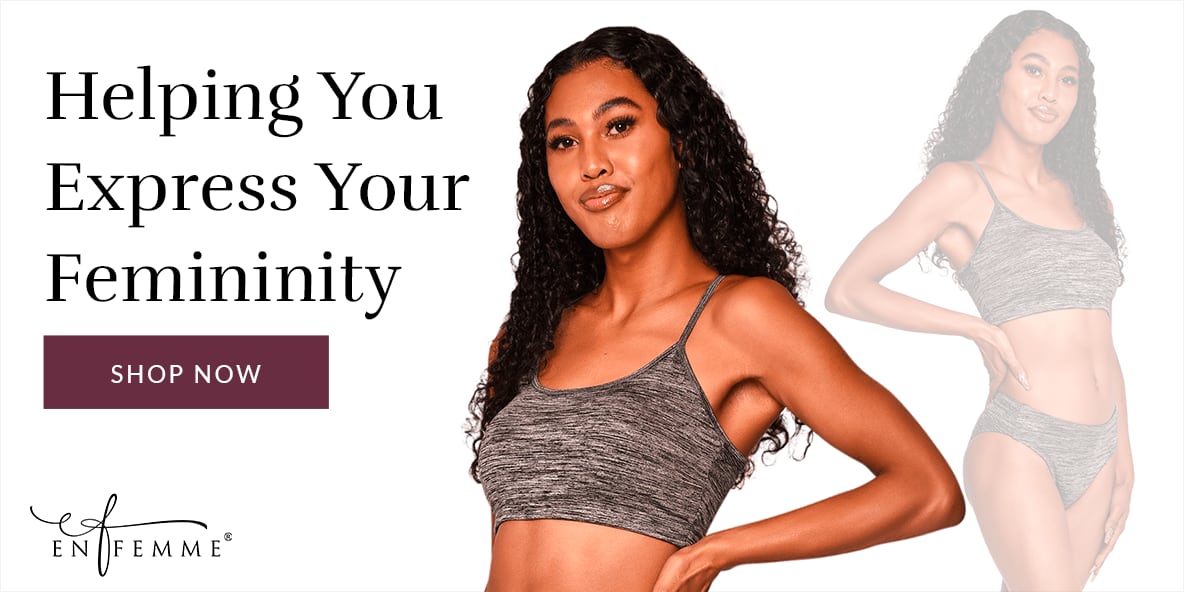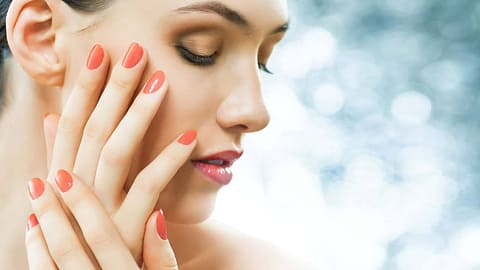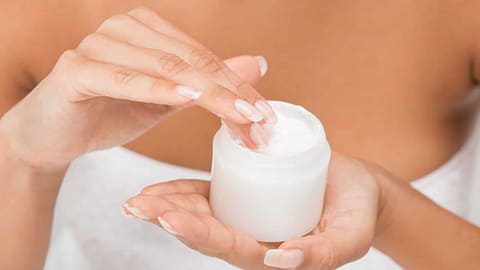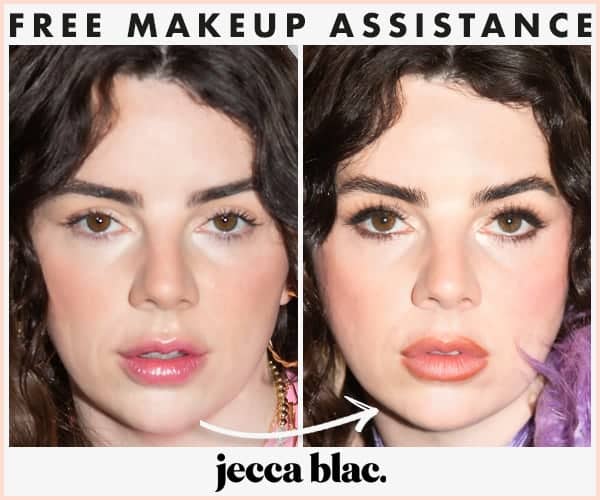Concealer and foundation cover discoloration, even out skin tones, and smooth skin’s surface. There is a multitude of formulas and colors to choose from, which can get very confusing.
Concealers come in creams, sticks, or liquids. Regardless of formula, the key is to find a shade with the same undertone as your skin. The days of white raccoon eyes have gone out with the 80’s.
I find cream concealers easier to work with. With your middle or ring finger (never your index finger), very lightly smooth a small amount under the eyes or over discoloration. Dab on blemishes. The warmth of your finger will soften the cream and help it go on easily. Don’t worry about blending just yet because you’ll do that as you work foundation over your skin.
Some cosmetic companies offer a green tint to neutralize ruddiness or purple to minimize a sallow complexion. They do help, but don’t go overboard. A little goes a long way.
The multitude of foundation colors and formulas can seem overwhelming. I’ll keep it simple. If you have oily skin, look for a liquid in an oil-free formula. If you’re dry, a cream might be more to your liking. Normal or combination skin can go with a liquid formula for normal skin. Unless you work in the theatre, stay away from “pancake” makeup or too heavy an application. Instead of covering flaws, it just makes people want to take a trowel to your face.
Foundations are also affected by weather. During hot, humid summers you may prefer a sheer liquid, preferably with sunscreen. In dry, cold months, when your skin gets tight, a cream can feel better. Remember to also adjust your moisturizer.
The hardest part about foundation is finding the right shade. The idea is not to change your skin tone, but to work with it. Find three shades that look similar to your skin color. Dip a Q tip into the first color. Draw a strip vertically near the jaw line. With fresh Q tips, do the same with the other two shades. The strip that disappears is the color that best matches your skin. If none of them disappear, try three more. *This is important; once you’ve stripped your face, walk outdoors with a mirror to see which one matches the best. Florescent lights change the look of foundation.
Hint: if you wear Porcelain or Ivory, you probably look like a geisha. Most of us, with the exception of Nicole Kidman, have more color in our skin, especially in sunnier regions of the country.
Most formulas dry quickly, so instead of dabbing foundation around the entire face and then spreading it around, work one area of the face at a time. Don’t rub it in. Use the middle or ring finger to smooth it over the skin, like spreading icing. Makeup sponges work well. Wet the sponge first so that it does not soak up and waste too much foundation. Foundation brushes are nice for blending along the hairline and under eyes, but can take too much time with overall application.
Take foundation to just under the jaw line. If you did a good job matching color, you won’t need to take it down the neck. Foundation on the neck just makes a mess on your clothes. My neck tans, but my face only freckles. I pick a foundation closer to my neck color, thereby avoiding that mask look. This is why it is best to test your foundation close to the jaw line.
Set foundation with a translucent, loose powder. If you are a lady of color, you’ll need powder with some pigment. Most loose powders only come in fair, medium and dark. Blend two colors to get the right shade.
Use a velour powder pad to press loose powder into foundation. Then dust excess with a large brush. This method wastes less powder. Wash pads with soap and water, and air dried.
Some foundations come in cream/powder compacts. There is no need to set with loose powder. Carry one for touch ups. If you use the sponge applicator, be sure to wash it regularly. Same with your pads in pressed powder compacts.
Newest on the market are mineral foundations. They are highly pigmented powders, applied with a special brush. They can take a little practice. The key is to moisturize well before applying, otherwise it will look splotchy. Mineral foundations feel light on the skin, but give good coverage.
Hope this helps. Next time, I’ll cover eyes.
Christina Evans
Makeup101byevans@yahoo.com
www.linkedin.com/in/makeup101byevans
More Articles by Vanessa Law
- 7 Essential Tips to Crossdressing
- Win a Free Makeup Prize Bundle from Jecca Blac
- A Few Changes in Our Family
- I Want to Live Like That
- Hope in Despair, Light through the Darkness
Vanessa Law
Latest posts by Vanessa Law (see all)
- 7 Essential Tips to Crossdressing - January 4, 2024
- Win a Free Makeup Prize Bundle from Jecca Blac - March 11, 2022
- A Few Changes in Our Family - April 15, 2021
- I Want to Live Like That - August 29, 2020
- Hope in Despair, Light through the Darkness - March 22, 2020



















A make-up brush can be handy for foundation. You don’t have to spend a mint on one either – just make sure you look after it. 🙂
Bronzer for the chest area can be helpful to add a bit of colour.
Dear Christina Thank you for this very helpful article. I think the use of foundation and concealer is where many trans people have make-up problems and this should help in avoiding them. Experiment is needed to find the application method best suited to an individual face. In my case time wise I find little difference between fingers, sponge and brush but the finish seems more natural with a brush. I find that a sable brush, mine comes from MAC, recoups its cost in about a year as less foundation is wasted when washing out the applicator than with a sponge.… Read more »
I use a brush as well for foundation, after a recent switch I’ve noticed it’s much easier for me to put on foundation.